There are so many signs that your horse will display that tells you if he is either healthy or unhealthy. Knowing these signs and learning how to identify them is important so you are able to tell if your horse, or a horse you are looking to buy, is healthy.
10 Things That Show Health In Horses
- Shiny Coat
- Healthy Appetite
- Audible & Frequent Gut Sounds
- Bright Eyes
- Relaxed Attitude
- Normal Body Temperature (99 to 101.5 degrees Fahrenheit)
- Normal Respirations (8 to 16 breaths per minute at rest)
- Normal Pulse (26 to 44 beats per minute at rest)
- Moist, Pink Gums
- Healthy Weight
If your horse shows all of these signs, it is likely that they are in optimal shape and health. Here is what to look for and how to look for it in your horse to confirm its health:
1. A Shiny Coat
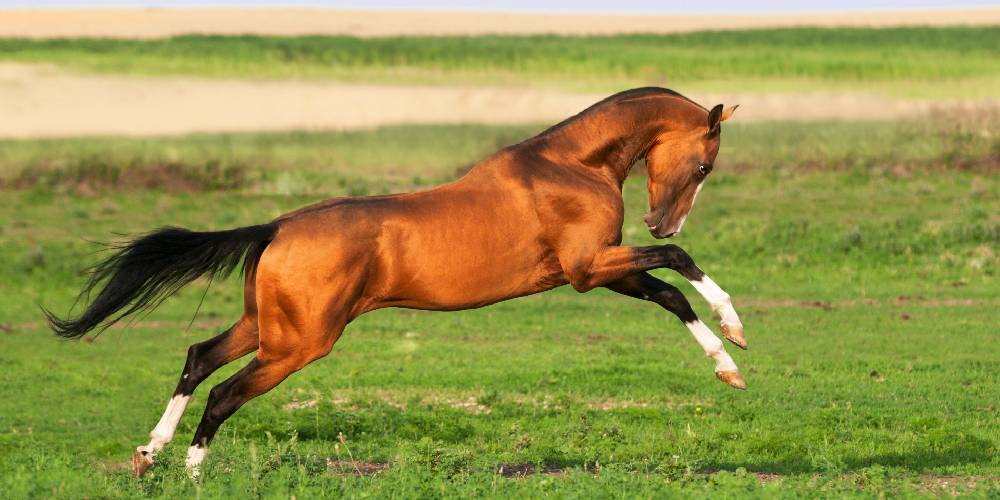
A horse with a rough scruffy and dull coat is one that probably doesn’t look to be in the best condition. This is why looking at the condition of the horse’s coat is important in determining its health.
If a horse has a smooth glossy coat that is soft to the touch, that is a sign of good health. A horse that has a dull or rough coat has unbalanced nutritional levels and is either not eating enough food, or has poor nutrient balance.
If your horse’s coat lacks luster and shine, it can also mean that there can be a health issue going on below the surface that is hard to pick up on. This was the case with my first horse. She had cancer and before we knew why we noticed that her once deep golden coat had become rather dull and scruffy. It was then just a month later that we lost her to her ailment.
Not only does a shiny coat look amazing on horses, but it also means that the horse is in good health.
2. A Healthy Appetite
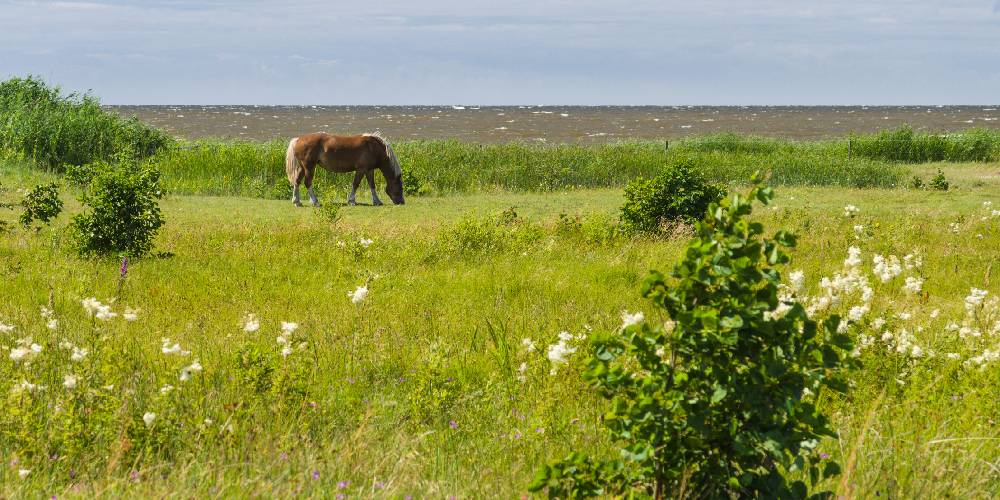
When you are feeling sick and nauseous, you probably don’t really want to eat much or just don’t want to eat at all. Horses are the same in the way that if they are unhealthy, sick, or not feeling their best, they won’t want to eat their food. Keeping an eye out for the signs of a healthy appetite or watching the horse’s behavior when it comes time to eat can be important for knowing whether or not they have a healthy appetite.
Horses with healthy appetites will get excited or neigh when they see their feed coming and they will also start eating as soon as their food is put out for them.
If a horse shows disinterest in its food, and doesn’t have any desire to eat it, this is a huge red flag. Horses need to eat to stay healthy and if a horse is not eating they can decline rapidly.
A horse with a poor appetite or a horse who stops eating can be displaying symptoms of:
- Colic
- Choke
- Stress
- Anxiety
- Dental Issues
- Intestinal Problems
- Ulcers
- Systemic Disease
Ensuring that your horse is eating properly and eating enough is important to ensuring they stay happy and healthy
3: Audible & Frequent Gut Sounds
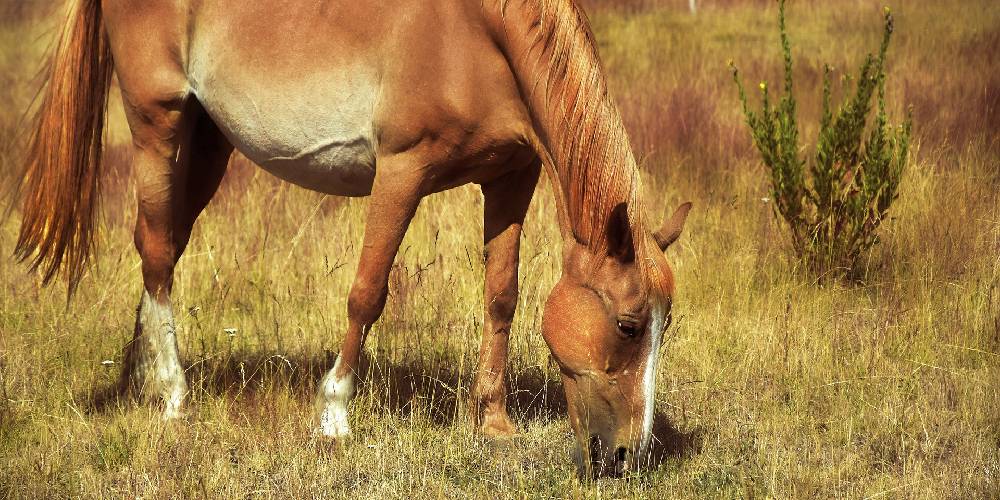
This might sound strange, but listening for those gurgling and strange bubbling noises at your horse’s tummy is so important! Horses must have good bowel function! Otherwise, they may struggle with digestion and some serious health issues can arise.
To listen for these noises, press your ear up to your horse’s flank and listen. If you can hear digestion sounds, you are in the clear. If you can’t, then keep listening until you can hear them or move your head to a different part of their stomach.
If gut sounds are not able to be heard and the horse is showing certain symptoms that point towards colic, call a vet immediately. If a vet is not called then your horse’s condition can progress if it truly is a colic situation.
4. Bright Eyes
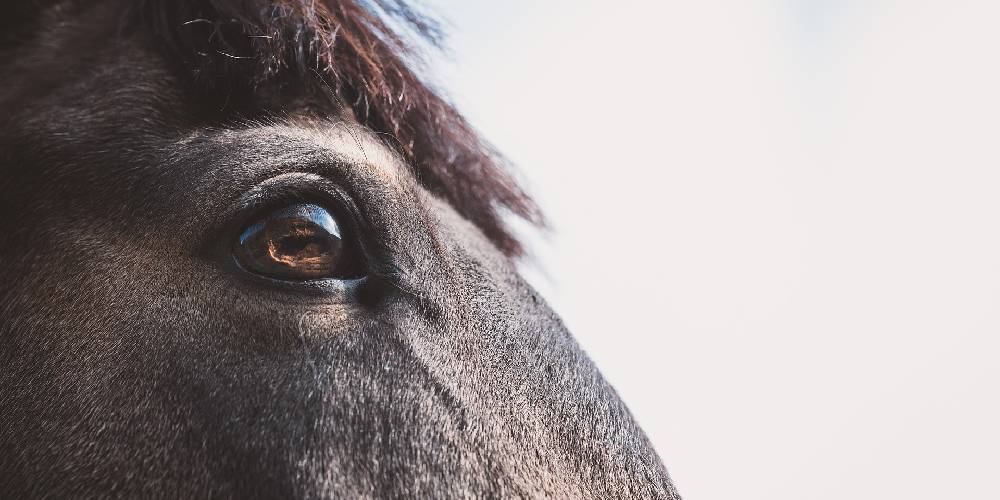
Have you ever looked at someone who was tired and noticed that their eyes look dull and they just seem to droop a little bit. This can be seen in horses too!
A sick or unhealthy horse will have dull eyes that don’t seem as awake and alert as they should. A horse with bright wide open eyes is showing signs of good health and if you don’t see that in your horse, there could be something seriously wrong.
Horses with dull eyes will often show signs that they are in pain such as looking back at their stomach or having their ears turned back slightly. These horses won’t be very lively either which can also point to poor health.
Bright alert eyes that are wide and clear are a good sign that the horse is in good shape.
5. Relaxed Attitude
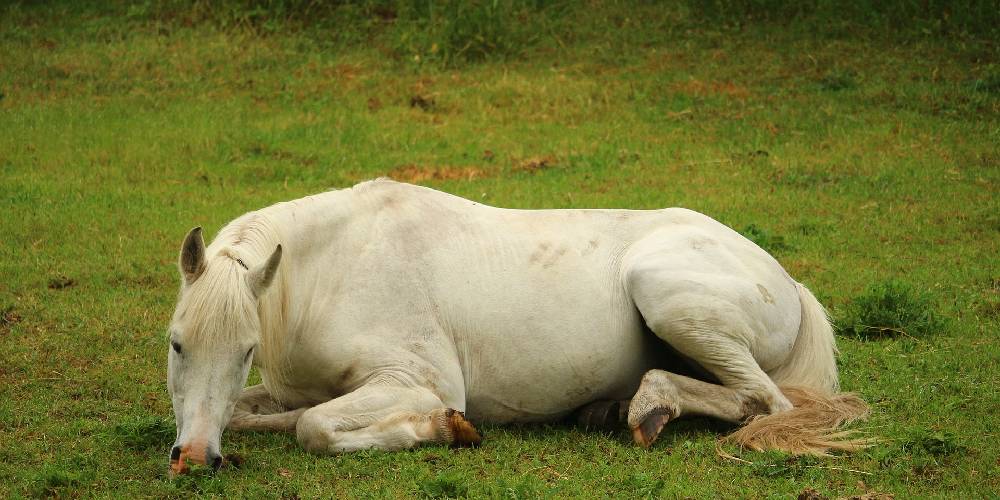
A healthy horse will have more energy than an unhealthy horse, but because they feel good and aren’t in any sort of pain, these horses will often appear to be relaxed and have an easy going temperament.
If a horse is pacing or weaving, they can be agitated and stressed, or if a horse is very spooky they can be scared and anxious.
Generally, horses who are healthy will have a relaxed attitude and show all the signs of contentment.
6. Normal Body Temperature
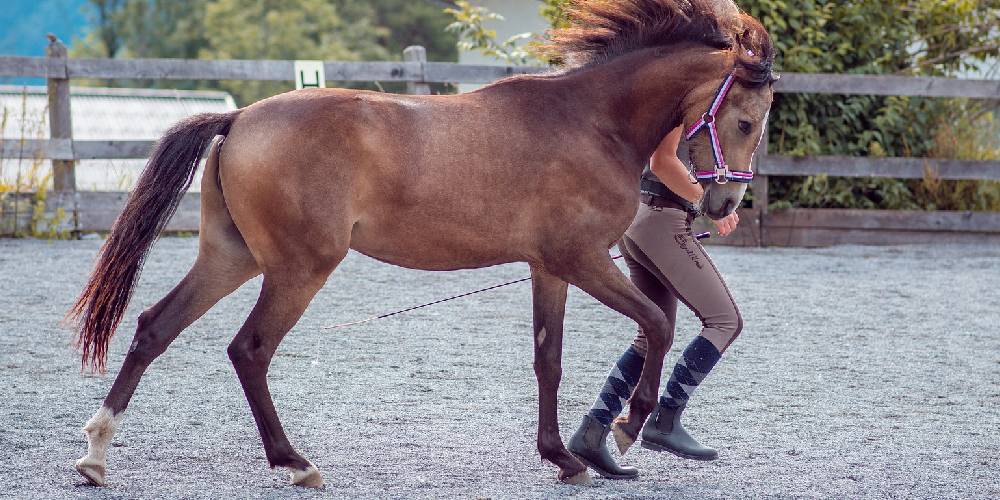
Taking your horse’s temperature to check up on them is important for determining the health of your animal. A healthy horse should have a resting body temperature between 99 and 101.5 degrees Fahrenheit (37.5 and 38.5 degrees Celsius).
To take your horse’s temperature, you will want to take a thermometer and lubricate the temperature-measuring end with Vaseline, Petroleum Jelly, or another substance and insert it into the horse’s anus.
If a horse is running a fever or if its temperature is below the healthy level, calling a veterinarian to the scene is important to make sure that your horse gets the proper care that they need to treat their temperature.
7. Normal Respirations
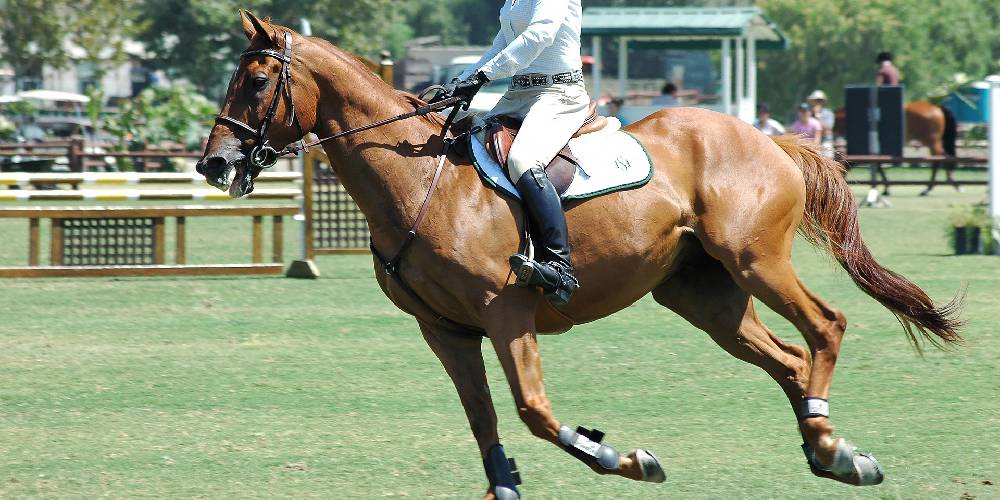
Horses need to breathe normally, and if they aren’t, their systems could be going into shock. A horse, when resting, should only be breathing 8 to 16 breaths per minute. If this number is significantly higher, your horse could be in pain or be going into shock.
To check a horse’s breathing, you can watch their nostrils or their belly. To watch for breaths at the horse’s nostrils, you should watch for movement. Each time that a horse takes a breath, their nostrils will expand. When looking for breaths at the horse’s belly, watch for the ribs to expand with each inhale. That is how you know if your horse took a breath.
8. Normal Pulse
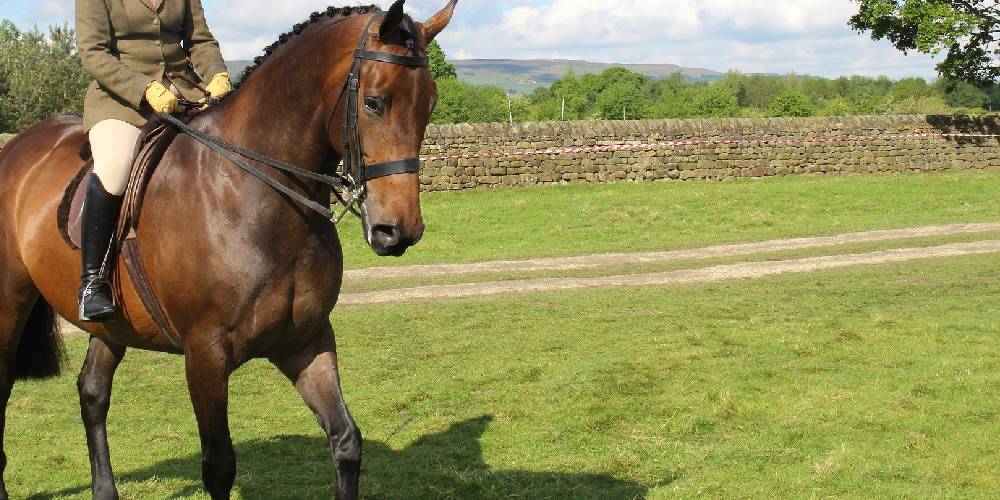
If you ever go to the doctor and they take your blood pressure and pulse and your resting pulse is sky high, the doctor is going to know that something is wrong.
You can listen to and determine the pulse of your horse by putting your ear by their girth area and listening for the beating of their heart. Buh-boom, buh-boom, buh-boom.
When resting, a horse’s heart should beat around 26 to 44 times per minute. Any more or less than this, and your horse is dealing with some sort of issue.
When checking for a resting heart rate, make sure that your horse is resting and hasn’t been worked or ridden, otherwise the heart is still working harder and you won’t get an accurate resting heart rate.
9. Moist, Pink Gums
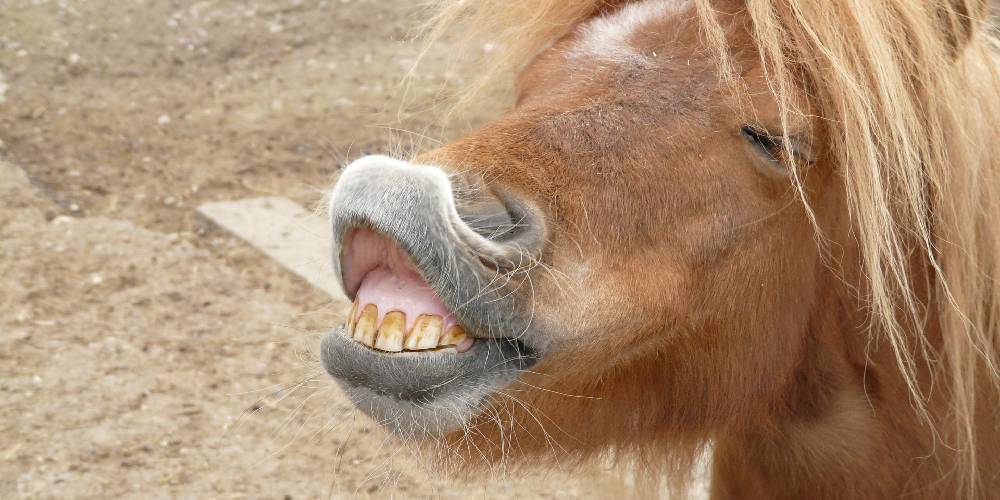
A horse should always have moist, pink gums. If they don’t, they likely are in shock and/or severely dehydrated.
To check your horse’s gums, lift their upper lip and look at the gum line above their upper teeth. If their gums are pink and wet, that is a good sign. What you don’t want to see are white sticky gums with red around the teeth. That is a sign of shock in horses.
To check to make sure your horse is not in shock and to make sure that they are hydrated, you can do something called a capillary refill test. Press your finger or thumb into the horse’s gums and when you lift your finger, the white mark your finger made should turn pink once again after a few seconds. If it does not, your horse is likely dehydrated and water should be provided them.
10. A Healthy Weight
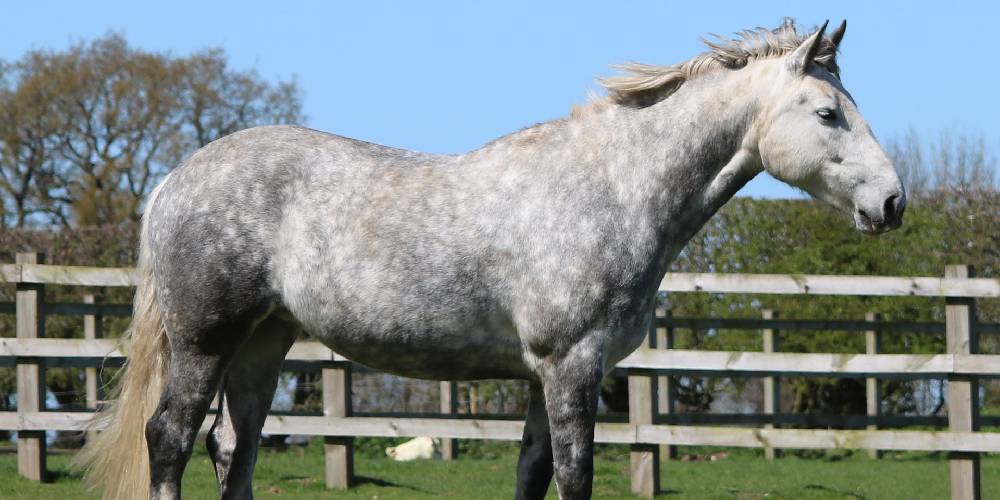
Horses who are of a healthy weight and good body condition have visible muscle definition, no visible ribs or bone protruding through the skin, and a small indentation where the flank is.
To figure out if your horse is too skinny, or too fat, you can look at a body scoring page to determine if your horse leans more towards a 1 or a 10 based on their weight.

